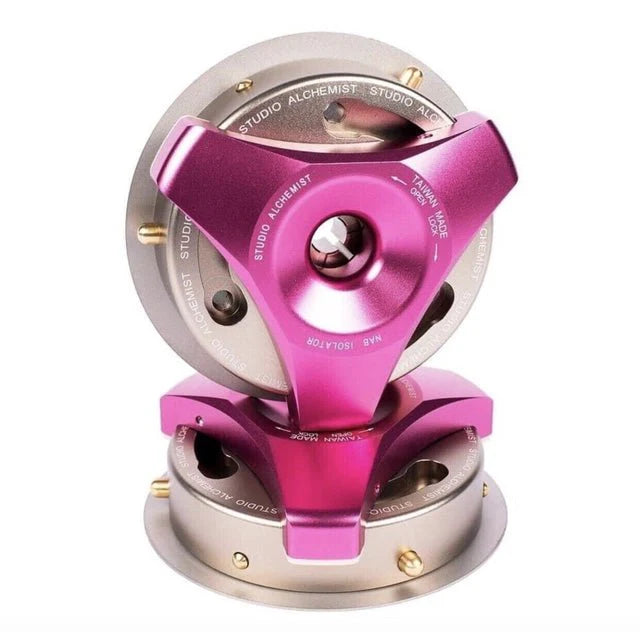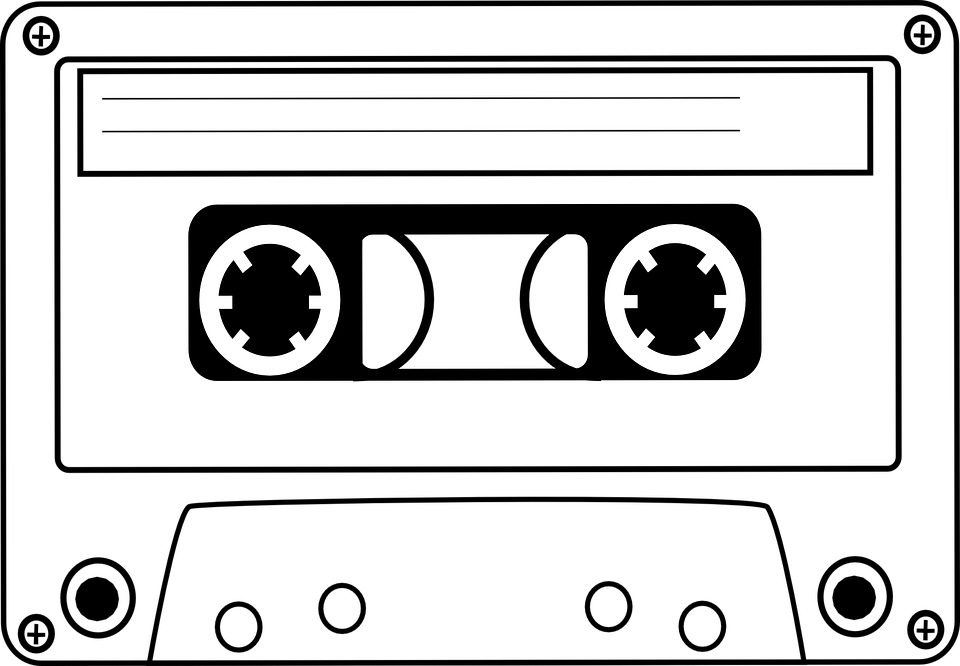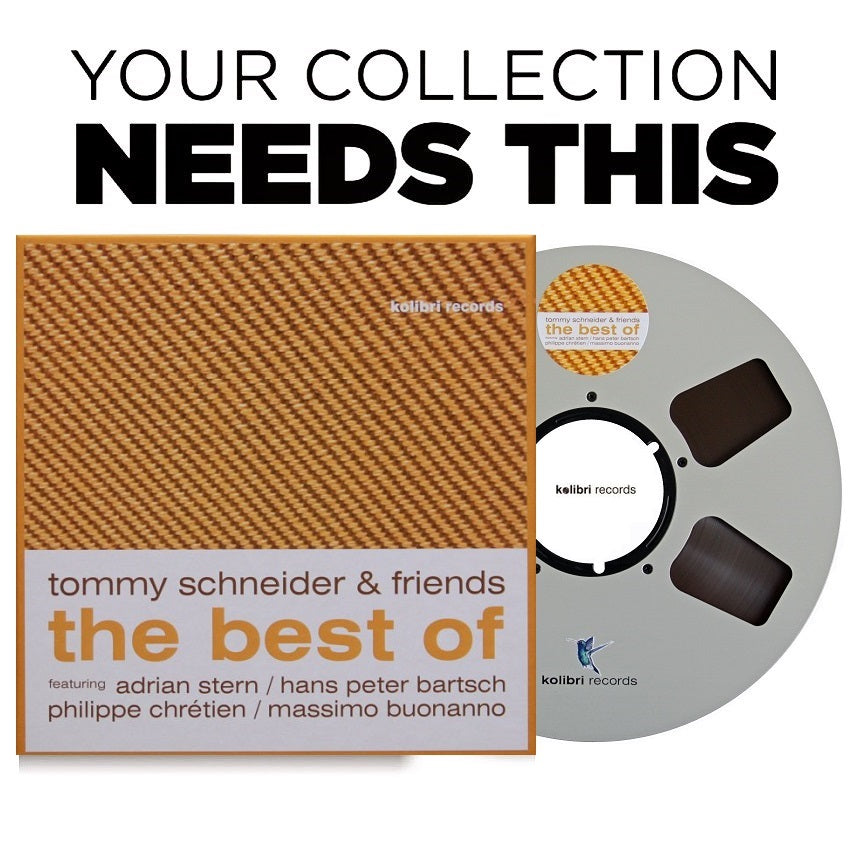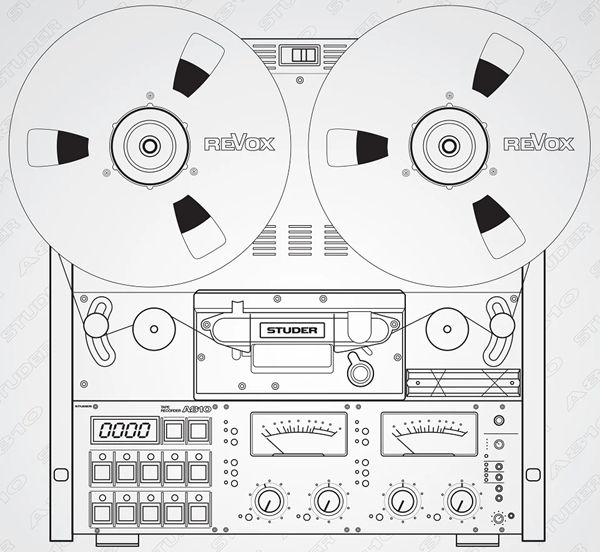The virtuoso playing of the Rosenbergs, together with their guest Tim Kliphuis, goes mightily into the guts and offers the best entertainment. Jazz guitarist Stochelo Rosenberg plays solo guitar and is at the forefront of the group. The family trio is completed by cousin Nons'che on double bass and brother Nonnie on rhythm guitar.
Tim Kliphuis, with his vortre ich played violin, knows how to unite gypsy jazz with the wide universe of world music and, as a second solo voice, to make the music of this quartet a very inspiring affair.
As a listener, you sit in the front row, participating directly in the live concert, and you can follow the playing exactly: The recording is clear, structured and vividly accomplished. I am happy about songs I am not familiar with, but also about well-known songs of different composers as well as songs of traditional origin. The sometimes unconventional interpretations with their breathtaking guitar and violin solos testify to the extraordinary skill of the virtuosos. The highest notes of the violin are hit perfectly, the fast played runs on the guitars are placed with pinpoint accuracy. The bass forms the rhythm floor, but does not disappear behind the two soloists, just like the driving rhythm guitar.
If you want to treat yourself to an exhilarating listening experience in the best sound quality, I can only advise you to order this tape edition. Music and quality are perfectly matched here! The family has it in the blood, the guest no less! The spark immediately jumps over to the listener. In this recording, the quartet really gives gas and the album gets stronger and stronger towards the end!
Album: The Rosenberg With Tim Kliphuis - Live
Label: STS Analog - T61111102
Playing time: 43 min
Specifications: half track ¼“, stereo, RTM LPR35, 1 metal reel, CCIR, 320 nWb/m, 38 cm/s
For decades of the last century, tape technology was the only way to record music. After the advent of digital technology, the medium of tape became very quiet in the 1990s. Fortunately, some studios held on to the technology during this time and continued to produce in analog. For some years now, tape has been celebrating its comeback. Master tapes from the 1940s to the 1990s are still available in large numbers in the archives and are often so well preserved that they can either be copied directly or are available again in their best sonic form after remastering.
Many tape recorders could be saved over the decades and are available in best condition after maintenance. New manufacturers are on the market with machines. Some companies produce accessories such as tape reels, adapters and devices that allow connection to a modern stereo system. There are also brand new tapes for sale.
Master tape copies allow you to hear the uncompressed music signal exactly as the studio produced it. From the tape, you hear two true stereo channels directly, so they don't have to be generated from a digital data stream or from the groove of a record. Master tape copies are the pinnacle of music listening.
The look and feel of tapes make a valuable contribution to the music experience, and of course it's also about revering the technology from the past. It's great to hear the rich sounds of operating the buttons on the tape recorder and watch the spinning reels. Many publishers package the tape reels lavishly and include special photos, booklets or other material with them.
By Claus Müller - audiotapereview.com















